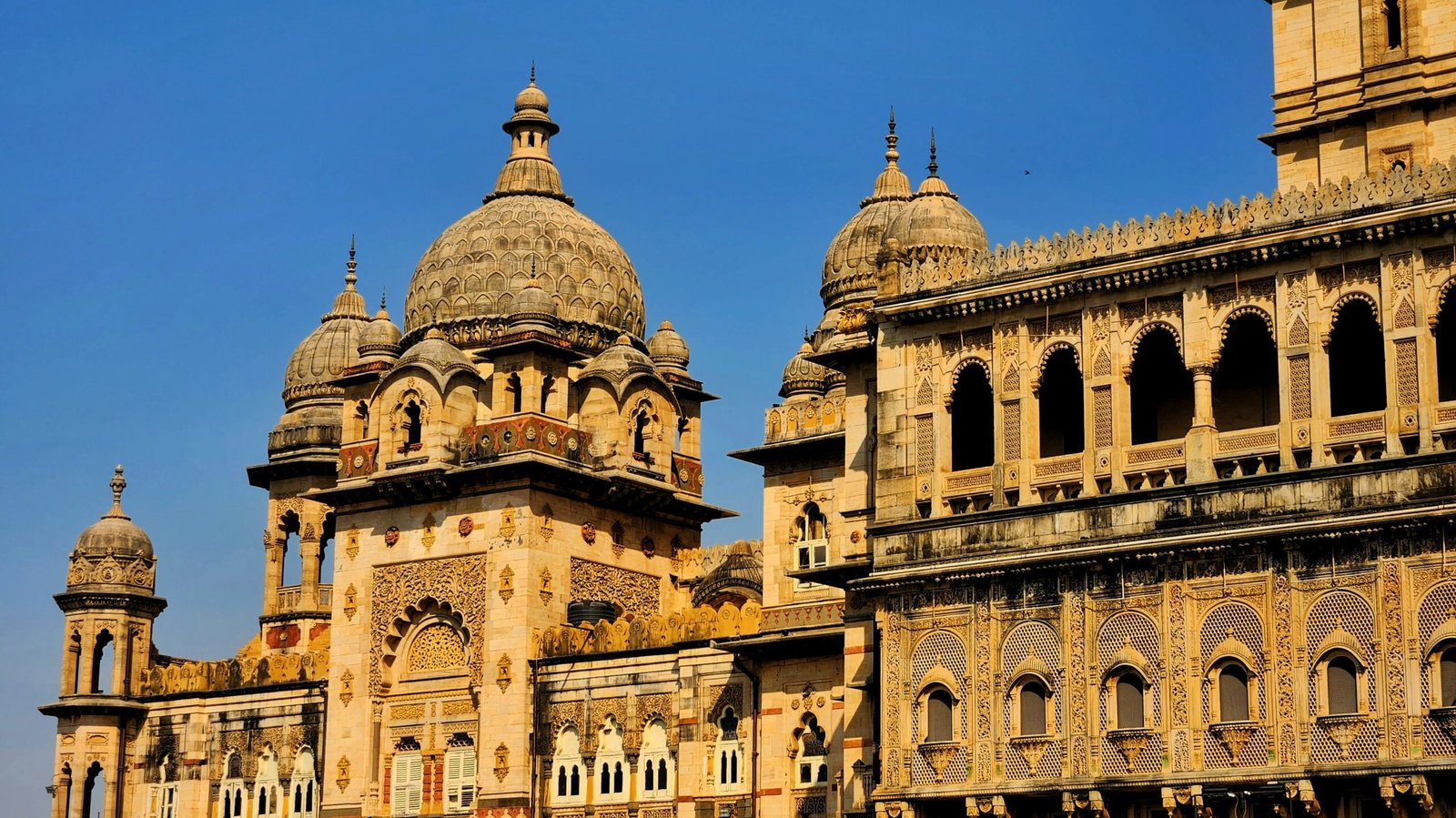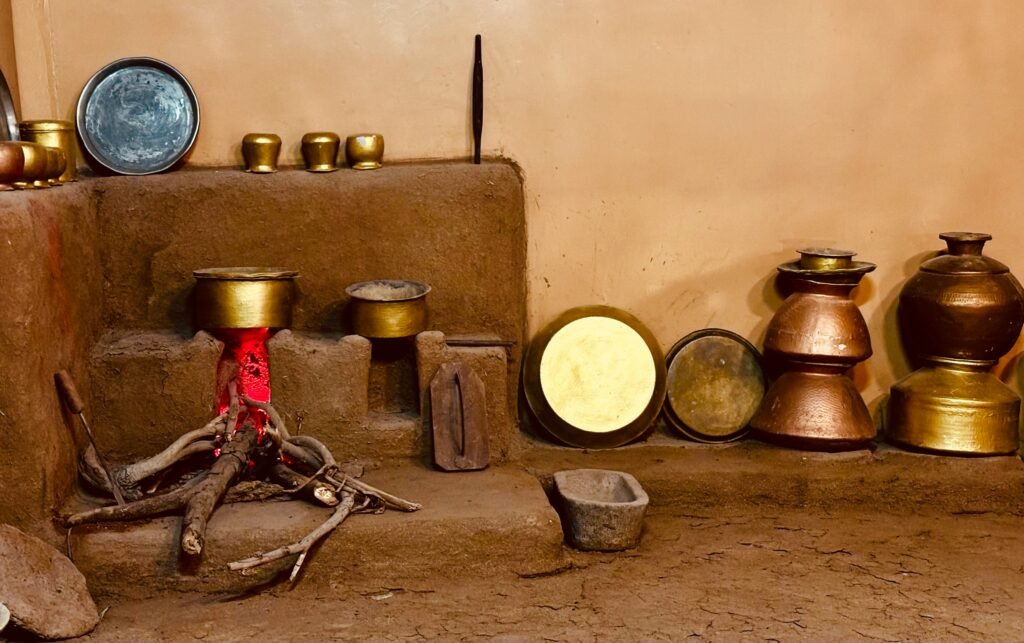India, a land steeped in history and tradition, boasts a rich and diverse artistic heritage that spans millennia. From the enigmatic Indus Valley Civilization to the grandeur of the Mughals, Indian art has evolved, adapted, and flourished, leaving an indelible mark on the world. Let’s embark on a captivating exploration of this timeless tapestry.
The Dawn of Indian Art
- Indus Valley Civilization (3300-1300 BCE): The Indus Valley people were skilled artisans, creating intricate seals, terracotta sculptures, and pottery. Their art, characterized by geometric patterns and stylized figures, reflects a sophisticated and advanced civilization.
- Prehistoric Rock Art: Found in various parts of India, prehistoric rock art showcases the artistic expression of early humans. These paintings and engravings depict animals, human figures, and abstract symbols, offering glimpses into the lives of our ancestors.
The Golden Age of Indian Art
- Buddhist Art (3rd century BCE – 5th century CE): With the rise of Buddhism, art became a powerful medium for spreading the teachings of the Buddha. This period witnessed the creation of exquisite sculptures, paintings, and stupas, characterized by their serene and meditative quality.
- Hindu Art (4th century CE onwards): As Hinduism flourished, art became an integral part of religious expression. The elaborate temples, sculptures, and paintings of this era are renowned for their intricate details, vibrant colors, and divine narratives.

Regional Art Forms
India’s diverse geography and cultural landscape gave rise to a plethora of regional art forms, each with its own unique characteristics:
- Rajasthani Miniatures: Known for their vibrant colors, detailed depictions of royal life, and divine themes.
- Pahari Paintings: Characterized by their lyrical landscapes, romantic themes, and spiritual devotion.
- Madhubani Paintings: Folk art from Bihar, featuring intricate geometric patterns and mythological motifs.
- Warli Art: Tribal art from Maharashtra, using simple lines to depict everyday life and nature.

The Legacy Lives On
India’s ancient art heritage continues to inspire and influence contemporary artists. The country’s rich artistic traditions are celebrated through museums, galleries, and festivals, ensuring that this invaluable legacy is preserved for generations to come.

